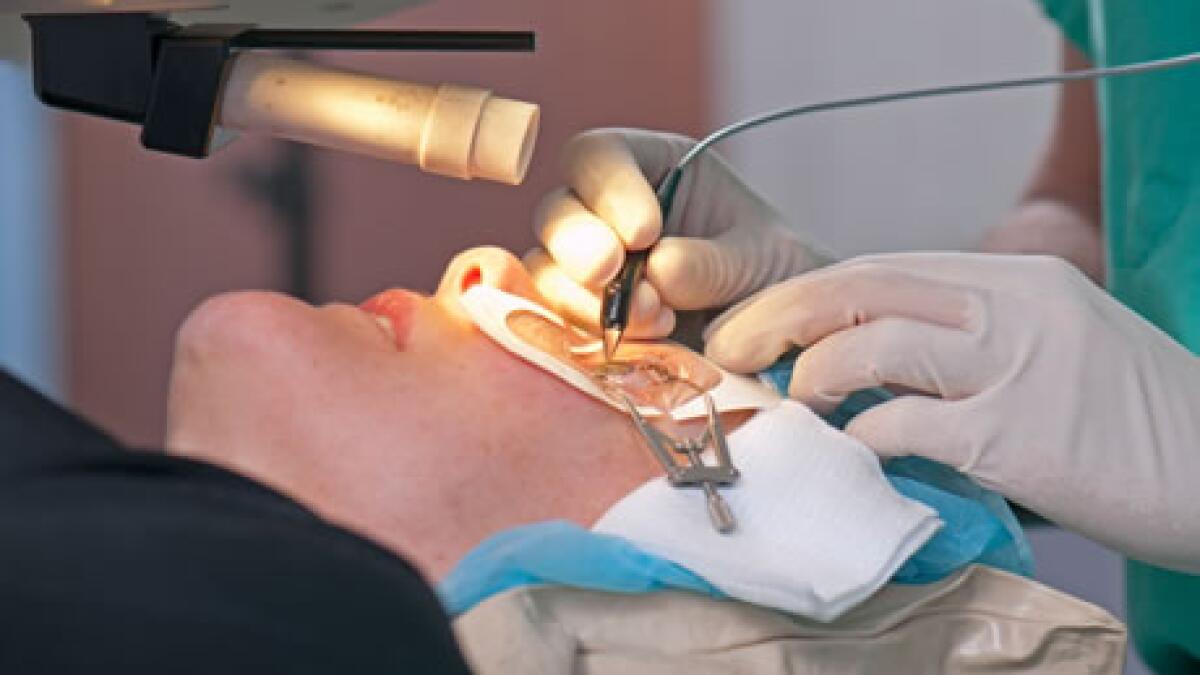Refractive surgery is a group of surgical operations treating the eye and the aim of which is to correct one or several refractive disorders of the eye (myopia, hyperopia, astigmatism, and even presbyopia) which means that the purpose of surgery is to eliminate the need for glasses or contact lenses.
Some are more suitable for specific circumstances, and in others, you can use one or any number of the types. Usually, a particular type of refractive surgery is advised in each situation depending on the series of parameters (which we will discuss at the entry) that will dictate the procedure.
It is customary to equate refractive surgery with one type of surgery LASIK is even though it is not the only one, as the following list. It is important to know each of the forms of refractive surgery as there are several types of the surgeries.
The Existing Types Of Refractive Surgery Are:
With laser:
- LASIK
- PKR
With intraocular lens:
- Phakic lens implantation
- Extraction of the clear lens
Lasik Surgery Is Performed In The Following Manner
Everyone knows that LASIK is not equal to Laser in their conception but it means “Laser-Assisted in Situ Keratomileusis” or, more simply, “Laser, In-Situ, Keratomileusis”. The word itself is broken into two parts: Kerato, meaning cornea, and mileusis, which means “to carve”; and that means that keratomileusis is a change in the shape of the cornea achieved by directly using a laser to carve it.
In the case of hyperopia, the cornea is curved, so what is treated is the peripheral area of the cornea, carving “a circle” that makes the central cornea more curved.
In the case of astigmatism, since the cornea has an asymmetric curvature (it has a more curved axis and the perpendicular axis is flatter, as if it were a rugby ball), the most curved part of the cornea is flattened so that the whole part remains uniform.
The carving is done by the heat generated by the laser on the area of the corneal tissue where it impacts.
What Benefits Do I Get?
There are a wide variety of advantages, including:
- Independence from glasses and contact lenses.
- Comfort and freedom in everyday life and when playing sports, without having to carry anything.
- No hospitalization required.
- Its results are immediate.
- It improves the quality of life of patients who are completely dependent on glasses or contact lenses.
- Since no correction is required, pathologies resulting from years of contact lens use are avoided.
- It is the need of many patients who cannot wear contact lenses and those, who, wearing glasses, look ugly.
If you are in any doubt and would like to make an appointment to determine which type of refractive surgery will suit you best, you can free phone the helpline to make an appointment with “Jenkins Eye Care”. We shall conduct the pilot assessment and we shall be in a position to advise you concerning the surgeries that are appropriate to your situation.
Keep an eye for more news & updates on WebOfBuzz.Com!




